Strolling the Puerto Vallarta Malecon
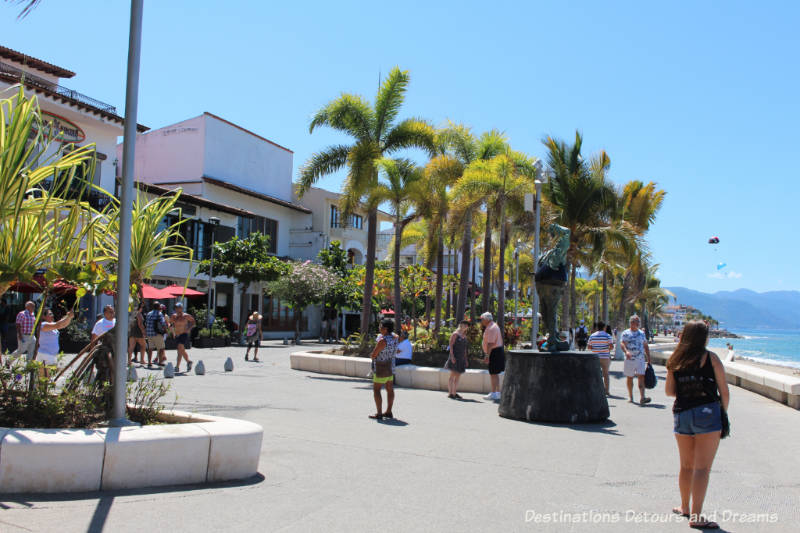
The Malecón in Puerto Vallarta, Mexico is a city favourite
and a great way to experience Puerto Vallarta
The Malecón is one of the top attractions in Puerto Vallarta. The Malecón (which means “waterfront esplanade” in Spanish) is a paved pedestrian walkway curving along the edge of Banderas Bay for about twelve blocks from Hotel Rosita in the north to Los Arcos Ampitheatre in the south.
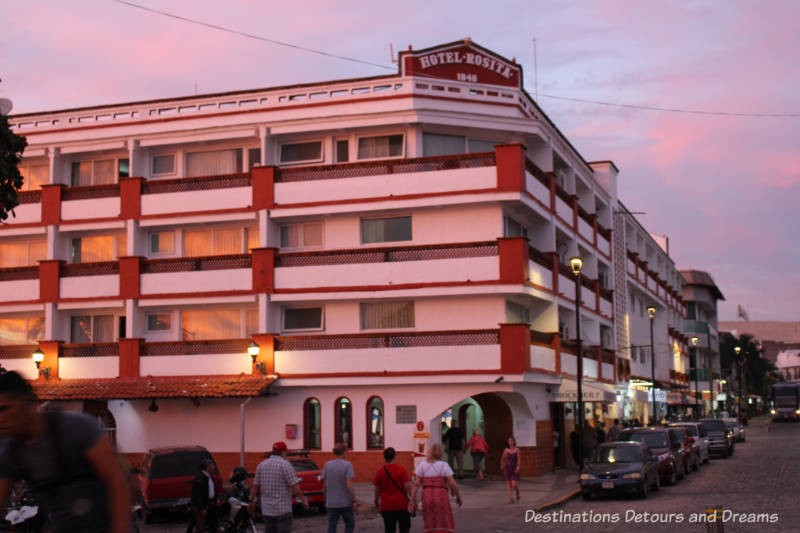
Hotel Rosita was one of the first hotels to be built in Puerto Vallarta. It opened in 1948, well before Puerto Vallarta became the tourist mecca it is today.
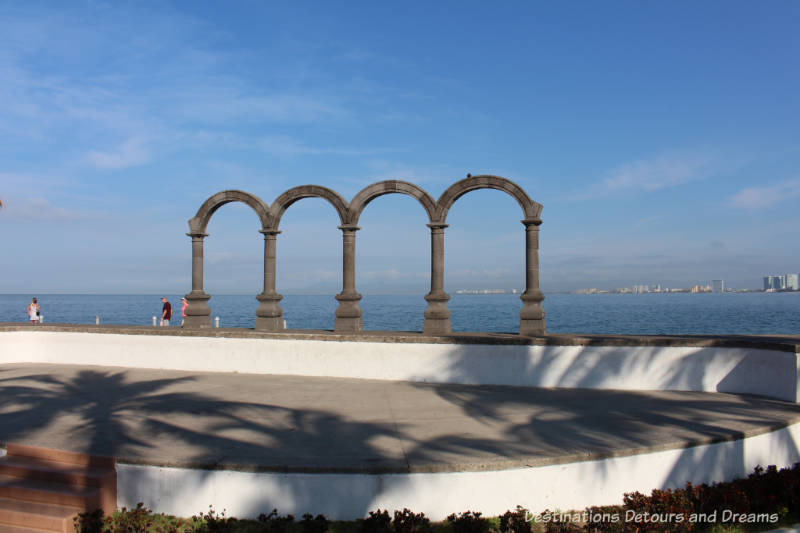
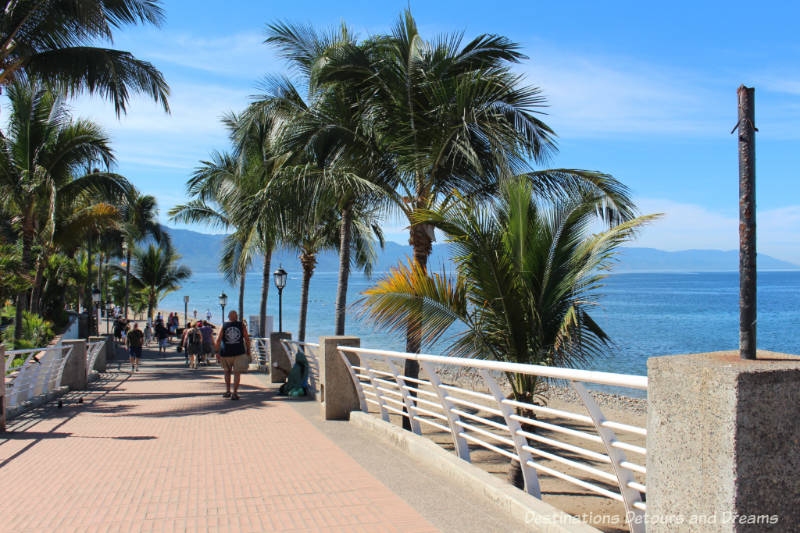
The Malecón II, an extension to the Malecón, continues south from Los Arcos Ampitheatre over the Río Cuale into the south side of the city.
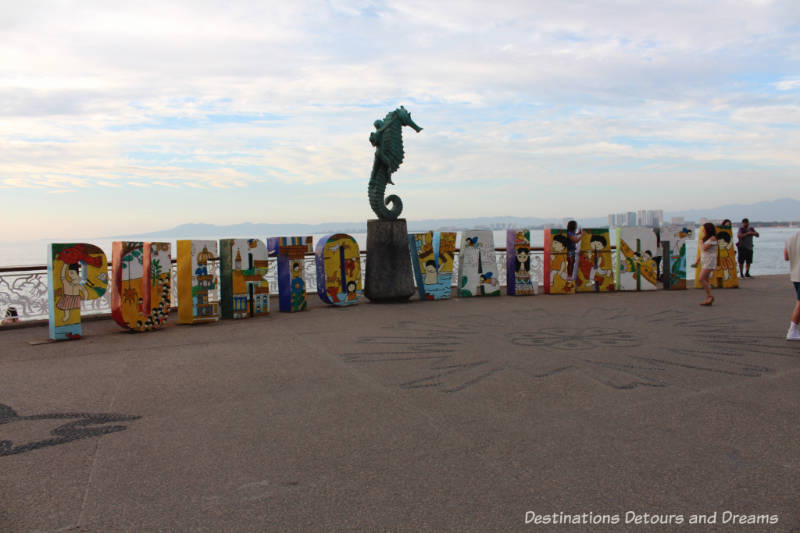
The Puerto Vallarta sign near the the ampitheatre is a popular spot for selfie photographs.
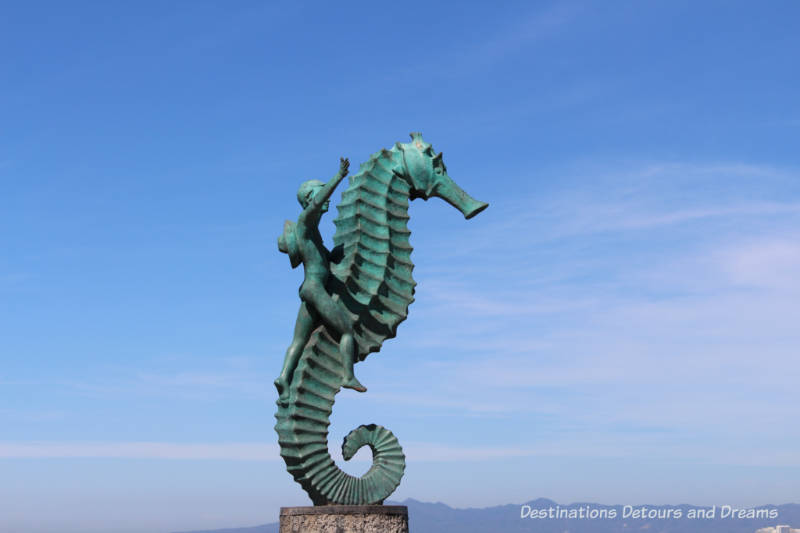
The bronze “El Niño Sobre el Caballo de Mar” (“The Boy on the Seahorse”) statue on top of the Puerto Vallarta sign was created by Rafael Zamarrípa Castañeda in 1976. It was built to replace an earlier statue he did in the 1960s. It was placed south of Los Muertos Beach and swept into the sea by the wind and the waves. After Hurricane Kenna blew near the city in 2002, the sea returned the sculpture. The original is now on display in its original location.
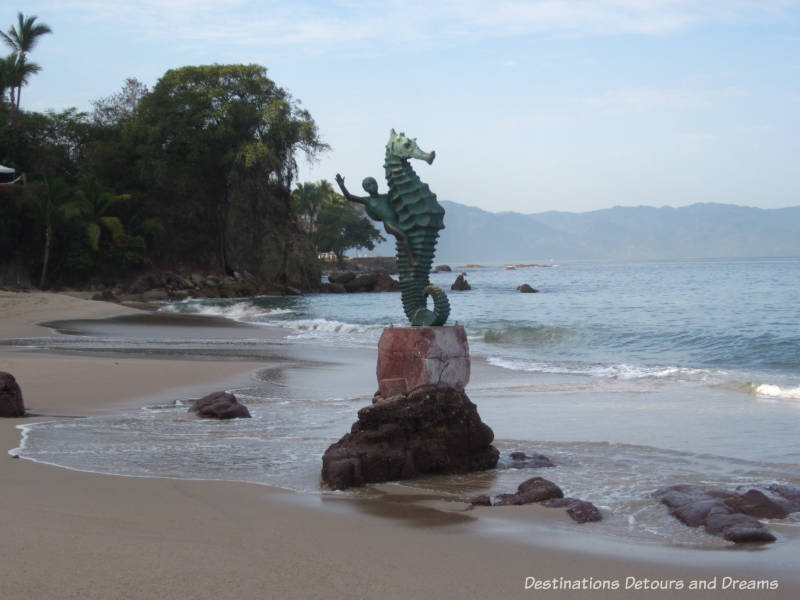
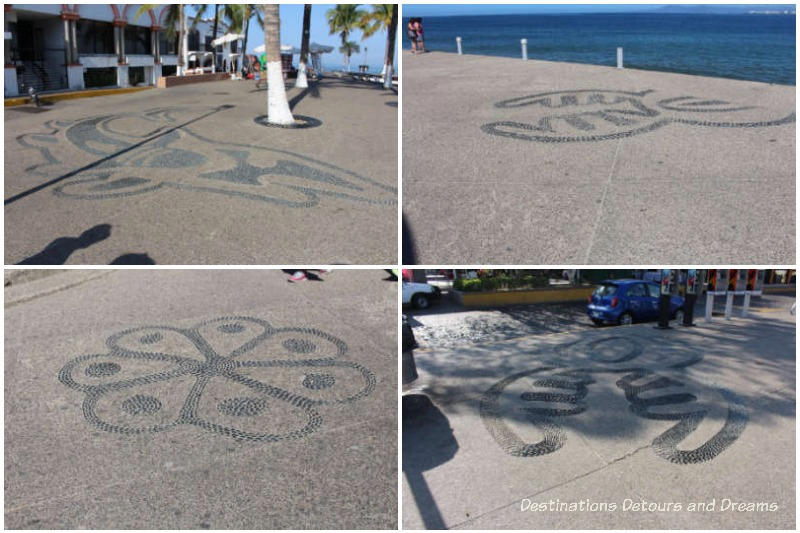
You’ll find designs in the pavement at many places along the walkway. When the Malecón was remodelled and updated in 2011, patterns created by Huichol artist Fidencio Benitez were built into the pavement. The designs are based on traditional Huichol symbols. The Huichol are an indigenous people of Mexico living in the Sierre Madras. The designs were marked off with Styrofoam when the pavement was poured. The Styrofoam was then removed and the designs filled in using a traditional technique where river-stones were hand-placed in cement wash. After I learned about the story of the symbols, it became fun to look for them on Malecón strolls and identify the symbols.
Tourists and locals stroll the Malecón and its extension day and night. Palm trees provide shade. The beach and views of Banderas Bay lie on one side of the wide walkway. Outdoor cafés and gift shops line the other side. During the day vendors sell handicrafts. Weekends, especially Sunday evenings, are particularly busy times on the Malecón as many Mexican families head out for strolls and entertainment.
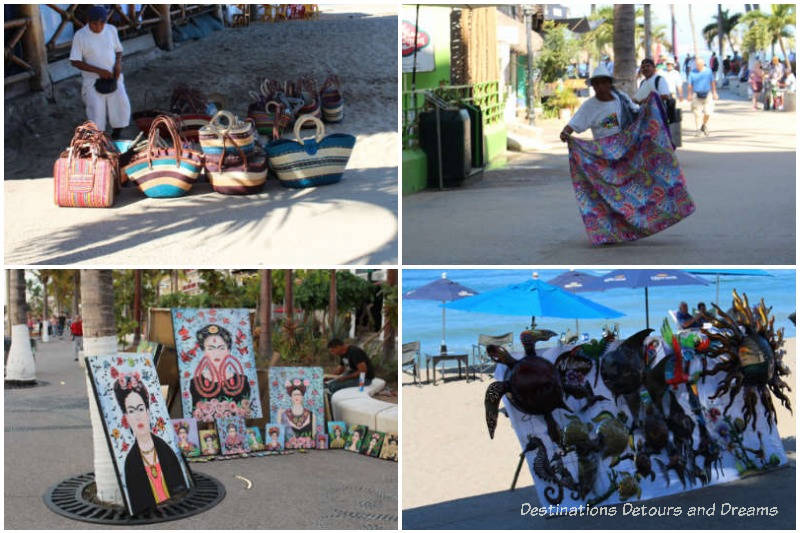
Performers entertain day and evening. You’ll find strolling musicians, living statues and other entertainers. If you’re along the Malecón between 9:00 and 9:30 in the evening, you’re likely to see a short display of fireworks from a pirate ship cruise.
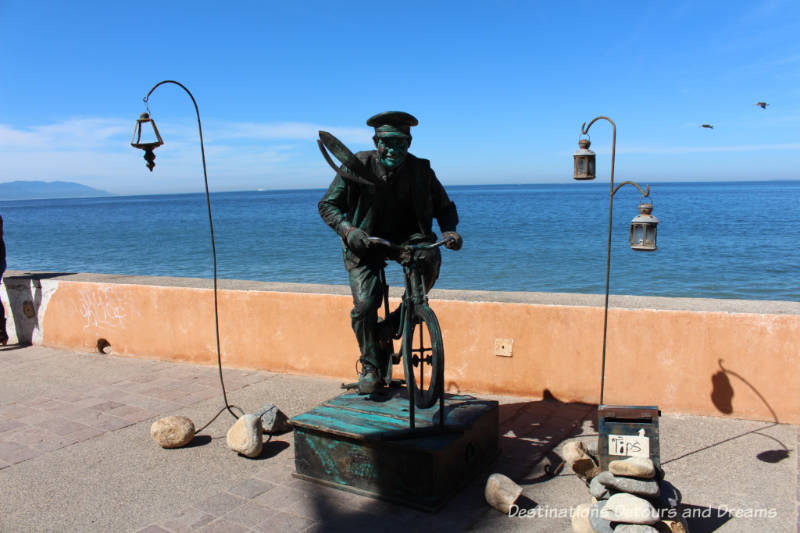
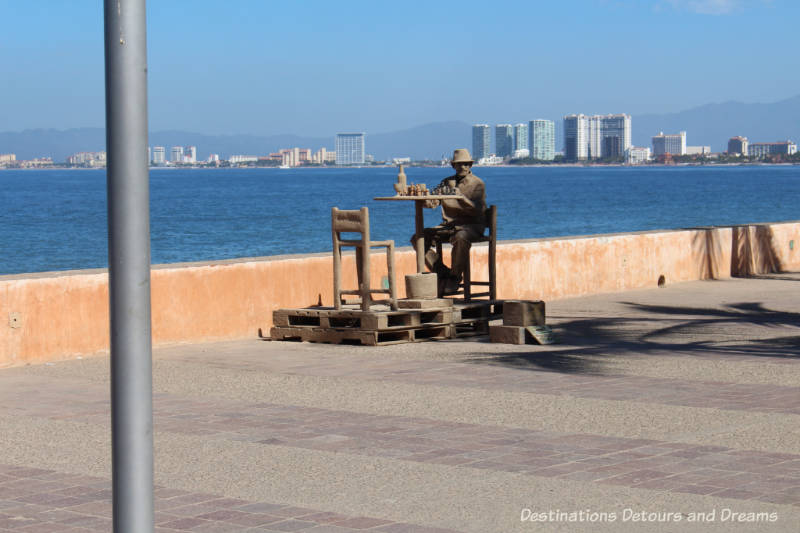
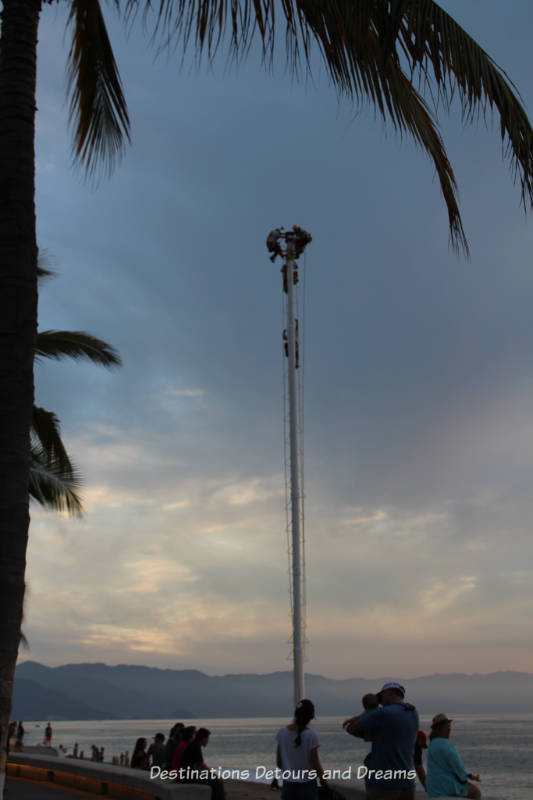
The Flying Totonac dancers of Papantla, also known as the Papantla Bird-men, put on a spectacular performance as they fly through the air. Papantla is a small town in northern Veracruz on the Gulf of Mexico coast. While most spectators are simply entranced by the beauty and acrobatics of the performance, the dance is more than entertainment. It is a ritual full of history and symbolism that offers thanks to the gods, expresses love for the bounty of the earth, and celebrates the sacred covenant between men and their gods. The men, dressed in colourful costumes, climb to the top of the pole, attach their feet via rope, and then spin and whirl upside down as they descend to the ground accompanied by flute and drum music. The video below has a brief excerpt from one performance as the dancers neared the earth.
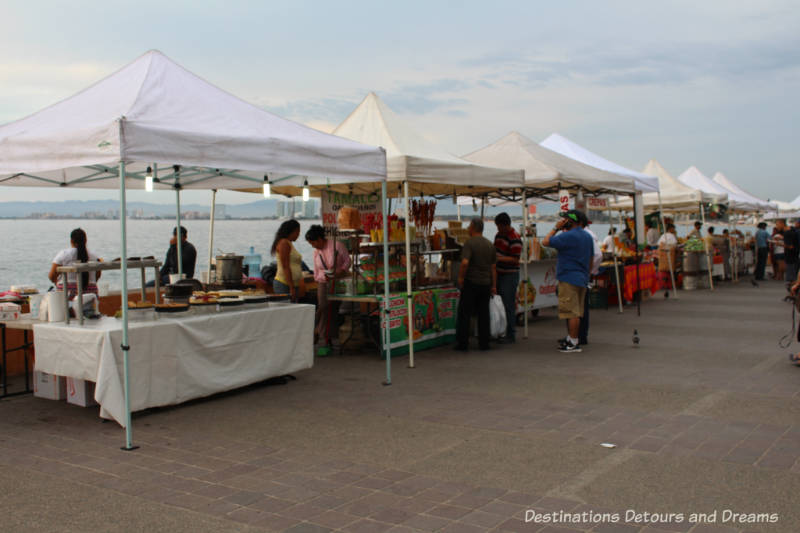
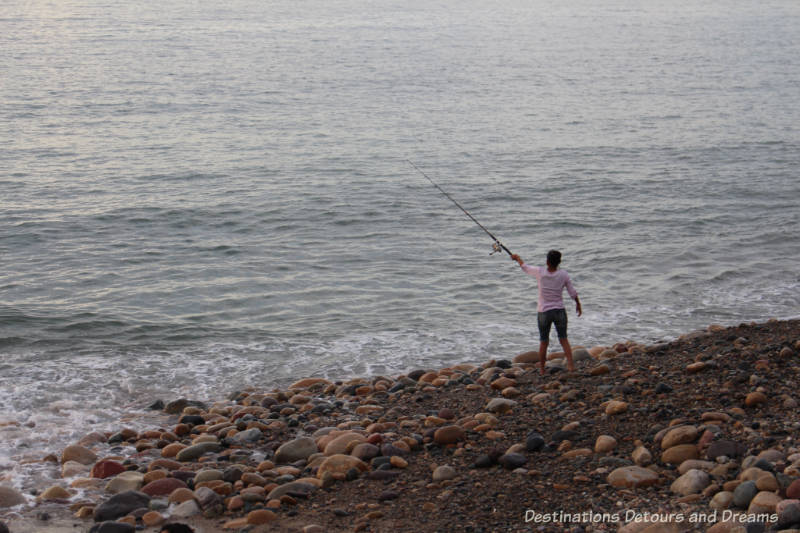
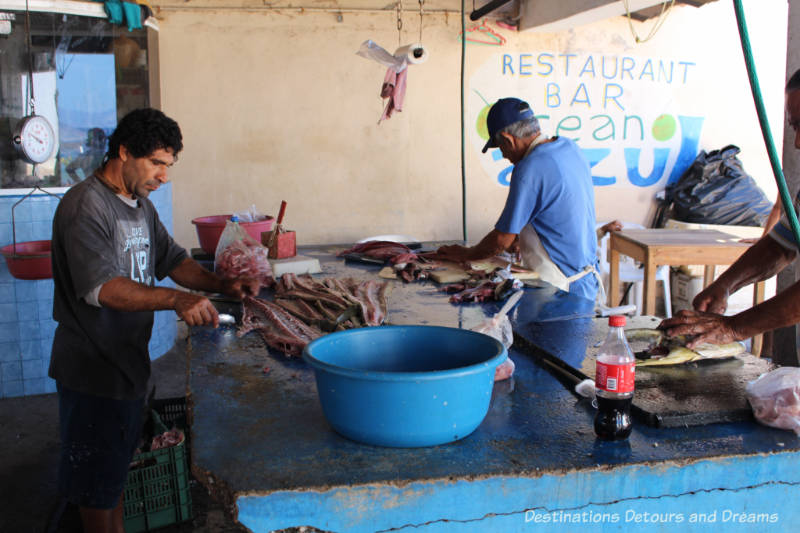
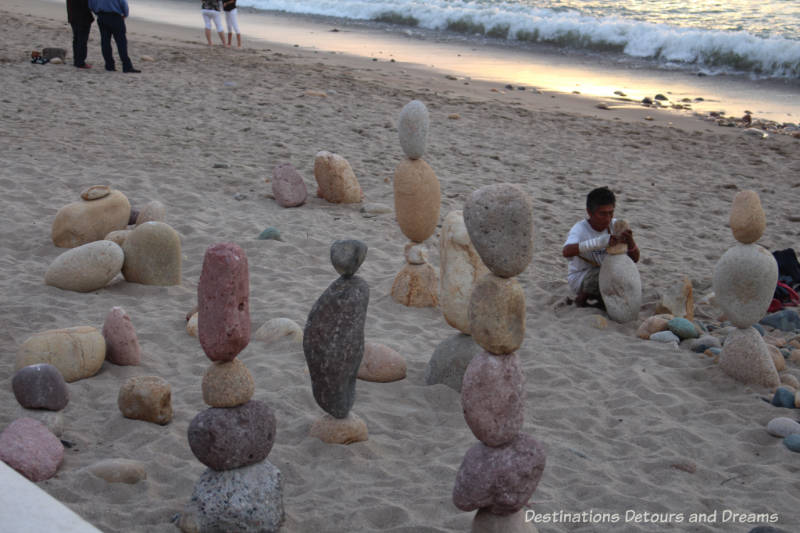
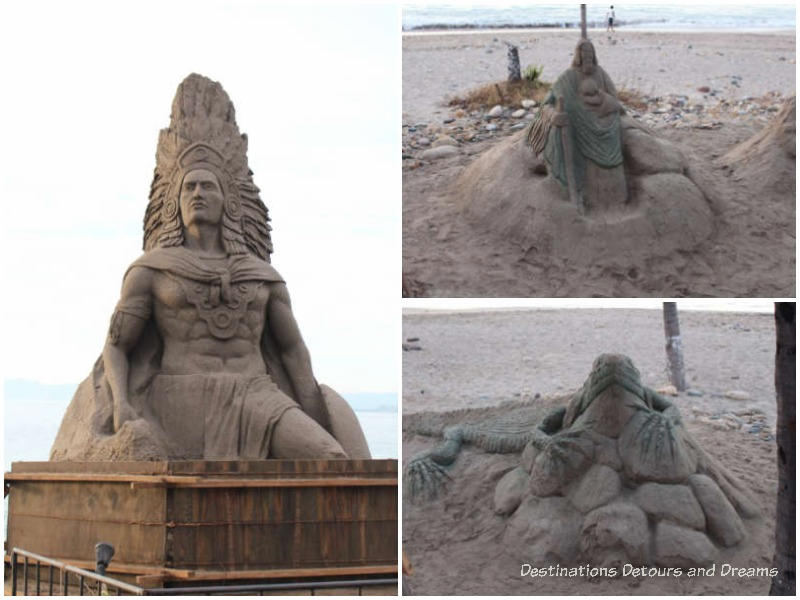
In addition to the somewhat transitory sand sculptures, stone statues, and living statues, the Malecón is famous for its collection of permanent art sculptures. Read more about the sculptures in my post Seaside Sculptures Along the Malecon.
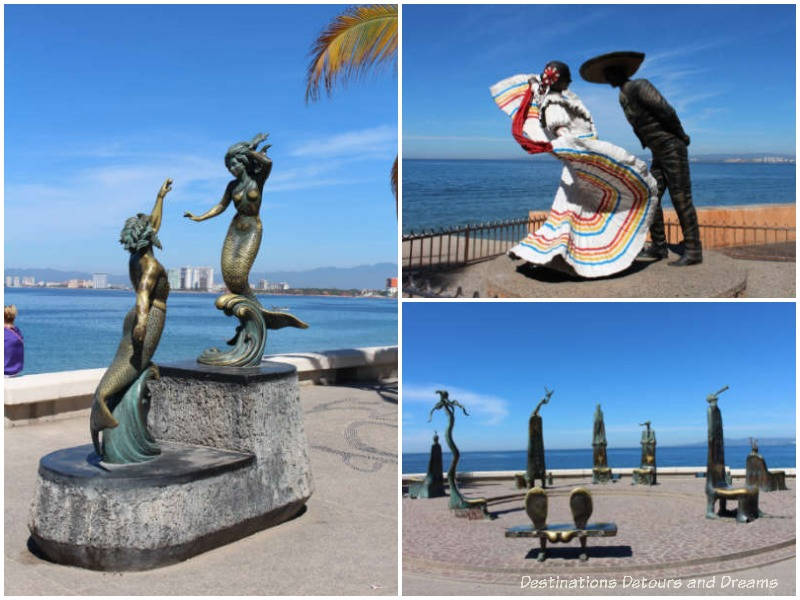
There is certainly lots to see and experience along the Malecón.
Never miss a story. Sign up for Destinations Detours and Dreams free monthly e-newsletter and receive behind-the-scenes information and sneak peaks ahead.
PIN IT
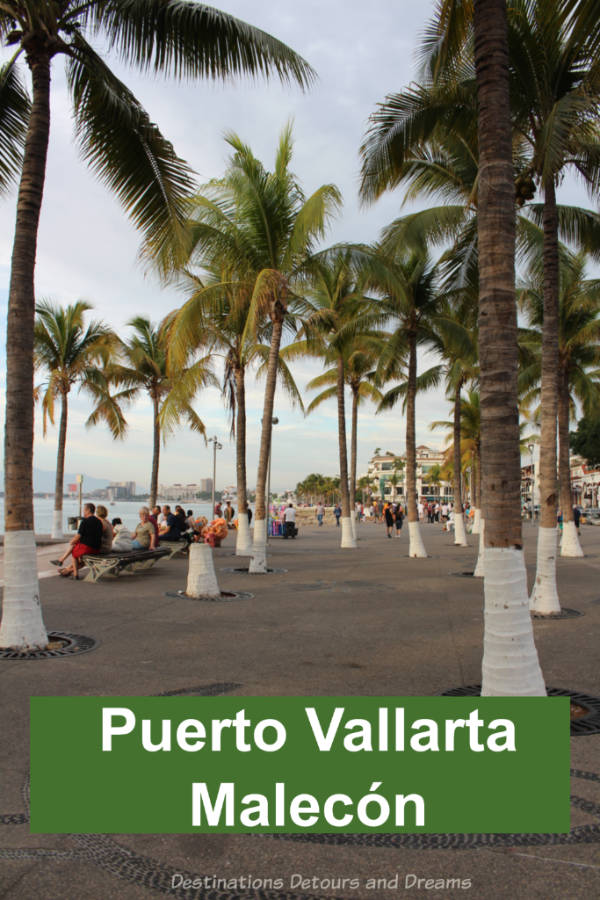

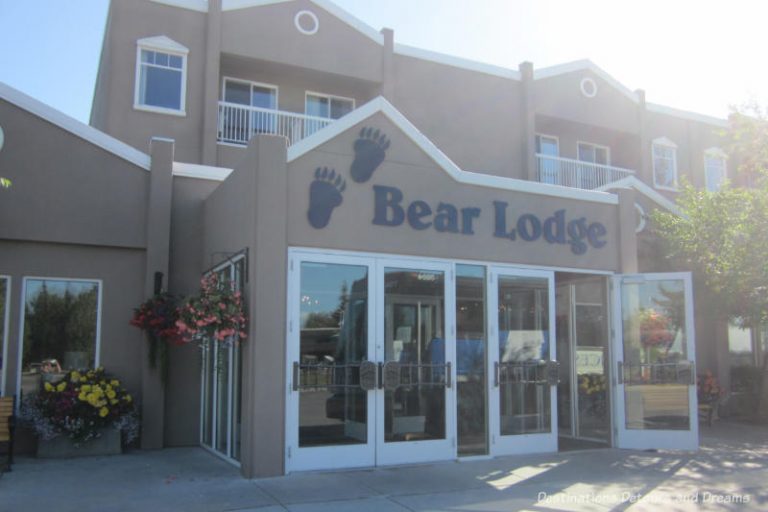
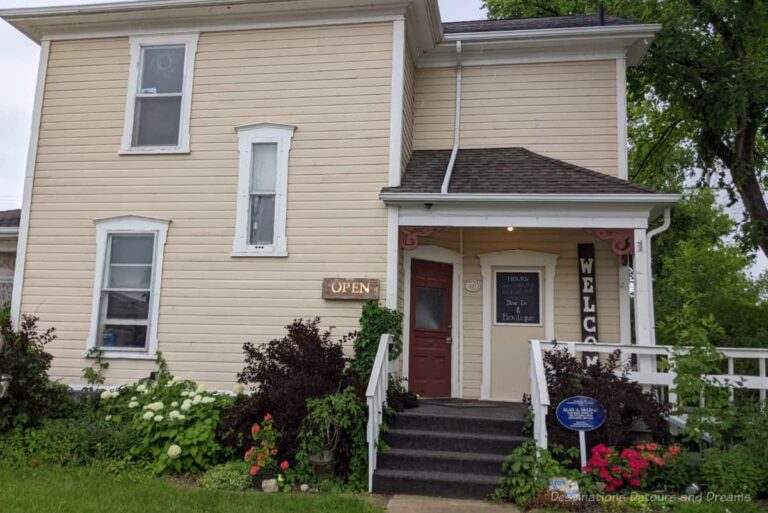
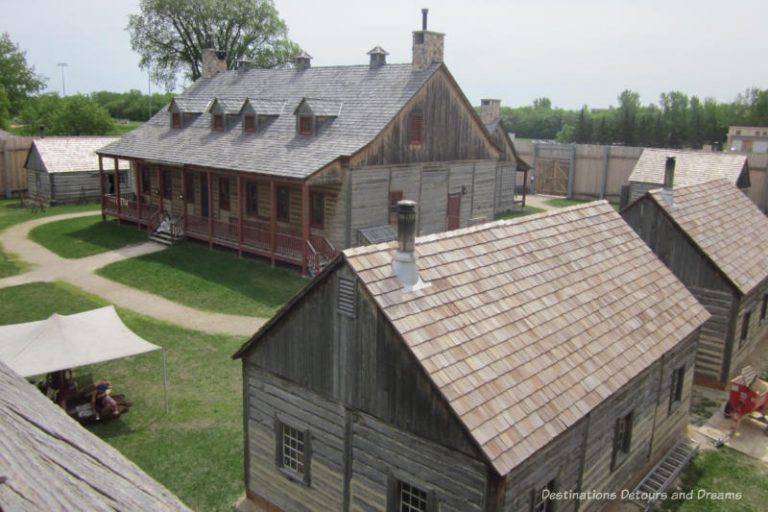
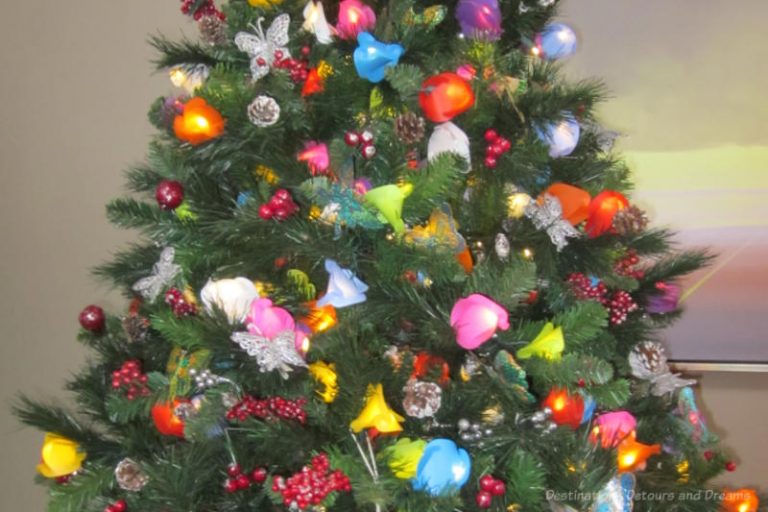
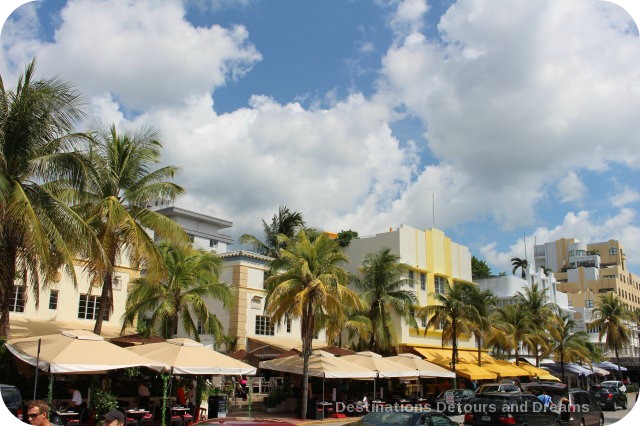
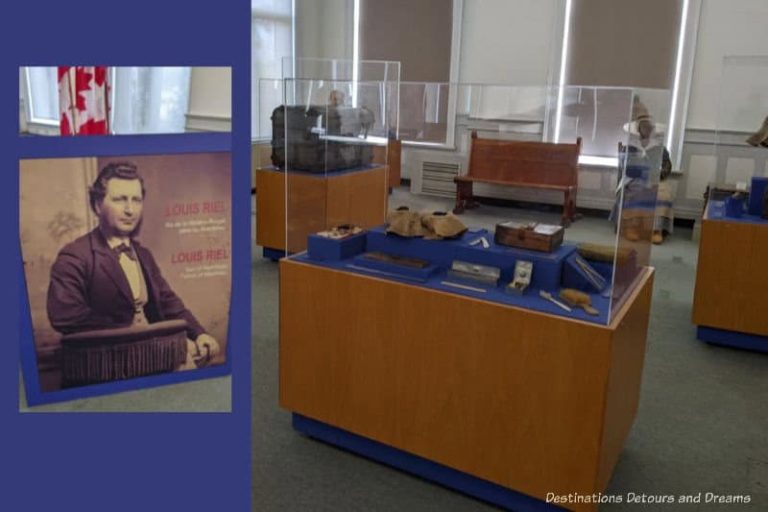
Thx for the great post, Donna. I love PV and have been to Puerto Vallarta a couple of times over the past couple of years. The living statues are a new addition since my last visit. Would love to see them and continue exploring this great city.
Doreen, The always seems to be a lot happening on the Malecón and in the city.
I have never been to PV and it’s supposed to be just 6 hours from Mazatlan. I hope to visit next year then. Looks like the Malecon is even livelier than Mazatlan’s.
Carol, I haven’t been to Mazatlan so cannot compare the Malecóns. Maybe one day I’ll get to Mazatlan.
Not much I remember from our family visit in the early 90s – I think it’s time to return!
Anne, this was my first visit to Puerto Vallarta, but I gather from talking with people who’ve been coming for years that a lot has changed in the last 25 years. Most of the sculptures are relatively recent. And the Malecón used to have vehicular traffic as well as pedestrian traffic.
Puerto Vallarta is such a lovely spot. Though I’ve visited the Malecon, I’ve never had the pleasure of strolling it at sunset. Next time.
Carole, sunset is one of the nicest times to be on the Malecón.
This is my kind of place!! I loved all the art, street entertainment and shopping. I would love to visit Puerto Vallarta some day!!
Marilyn, it sounds as if Puerto Vallarta would be your kind of place.
I visited Puerto Vallarta a few years ago when the NATJA conference was held there and loved strolling the Malecon! The sculptures along the water are so unique and lovely. I especially love the boy on a seahorse.
Debbra, the boy on the seahorse certainly seems to be the sculpture most associated with Puerto Vallarta and it evokes a lot of memories. My personal favourite is the Vallarta Dancers.